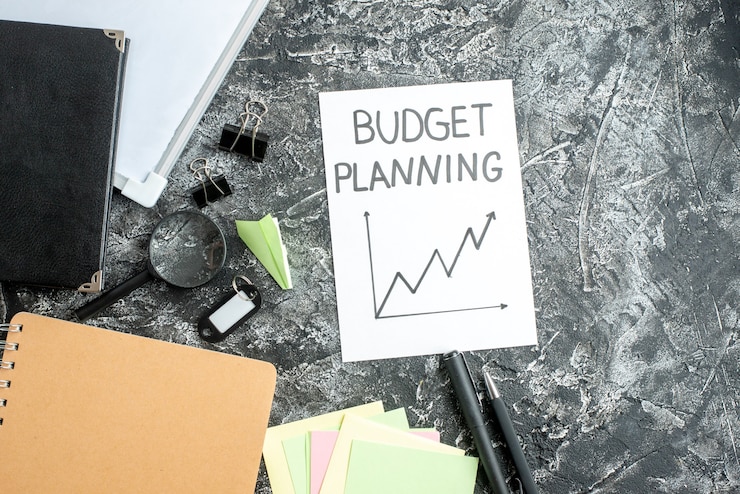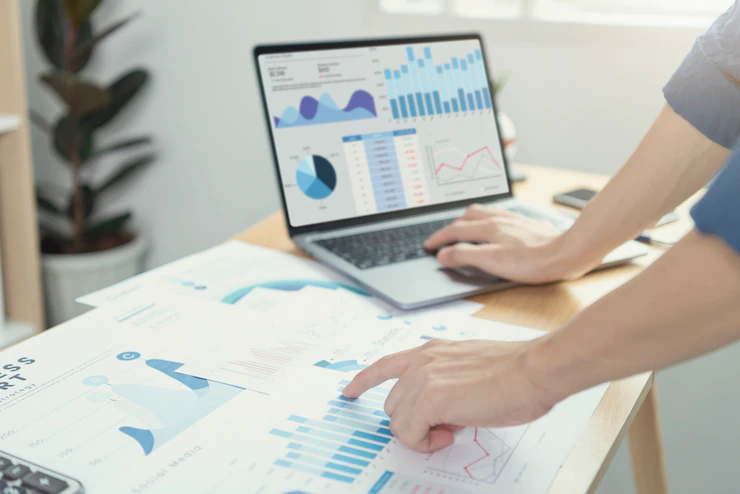For a small business owner, managing finances can be a daunting task. Keeping track of expenses, payments, and cash flow can be overwhelming, especially if you’re dealing with debt too. A business loan, line of credit or a business credit card can help your company hire new employees, purchase inventory, purchase equipment, and finance growth, but too much debt can become an unsustainable expense. Debt management is vital to the success and sustainability of any business. Read on for some tips on effective debt management as a small business owner.
How to manage business debt
Rank your debts: The first step in debt management is understanding which debts are immediate and which can wait. Ranking debts can help you address the most pressing ones first and avoid defaulting on any payments. Defaulting on loans and credit can result in a decrease in your business credit score and can harm your business financially in the long run.
Consolidate debt: Consider consolidating your debts into a single monthly payment. This can make it easier to manage and track all your debts, avoiding missed payments and late fees. Consolidating debt also lowers the interest rate of high-interest loans, which in turn saves you money on interest payments.
Increase revenue: One of the most effective ways to manage debt is by increasing your business’s revenue. Tweak your current offerings, expand your market, or even invest in new products or services that align with your brand’s vision. The more revenue you generate, the more money you’ll have to repay your debts without incurring additional interest expenses.
Reduce spending: Cutting costs and managing expenses can also play a role in managing your debt. This can include negotiating with suppliers for lower prices, investing in energy-efficient equipment, and even renegotiating loan terms to lower monthly payments. Avoiding unnecessary expenses can help your business free up cash to pay off debts while also saving money for other business-related expenses.
Seek professional advice: Finally, if you’re struggling to manage your debt, consider seeking professional advice. This can help you identify areas where you can improve, provide guidance on debt consolidation options, and create a budget that aligns with your business goals.
Last words..
Managing debt can be stressful and challenging for any small business owner, and we understand that. Remember you’re not alone in facing the challenges of business debt management. Countless small business owners grapple with these issues and navigate their way to financial stability and success.
We are here to help. Feel free to call or send us a message.
S & H Tax Accountants understand that taking care of your debt can be difficult at times, however it is very important to understand that debt can always be improved by using certain strategies like the ones listed above. Our accounting firm can help those who need assistance to shorten or even eliminate their debt. Book a consultation today with our experienced clients, so that you can get manage your business debt in the most efficient manner. Call us on 03 8759 5532 or you can email us on info@sahtax.com.au














